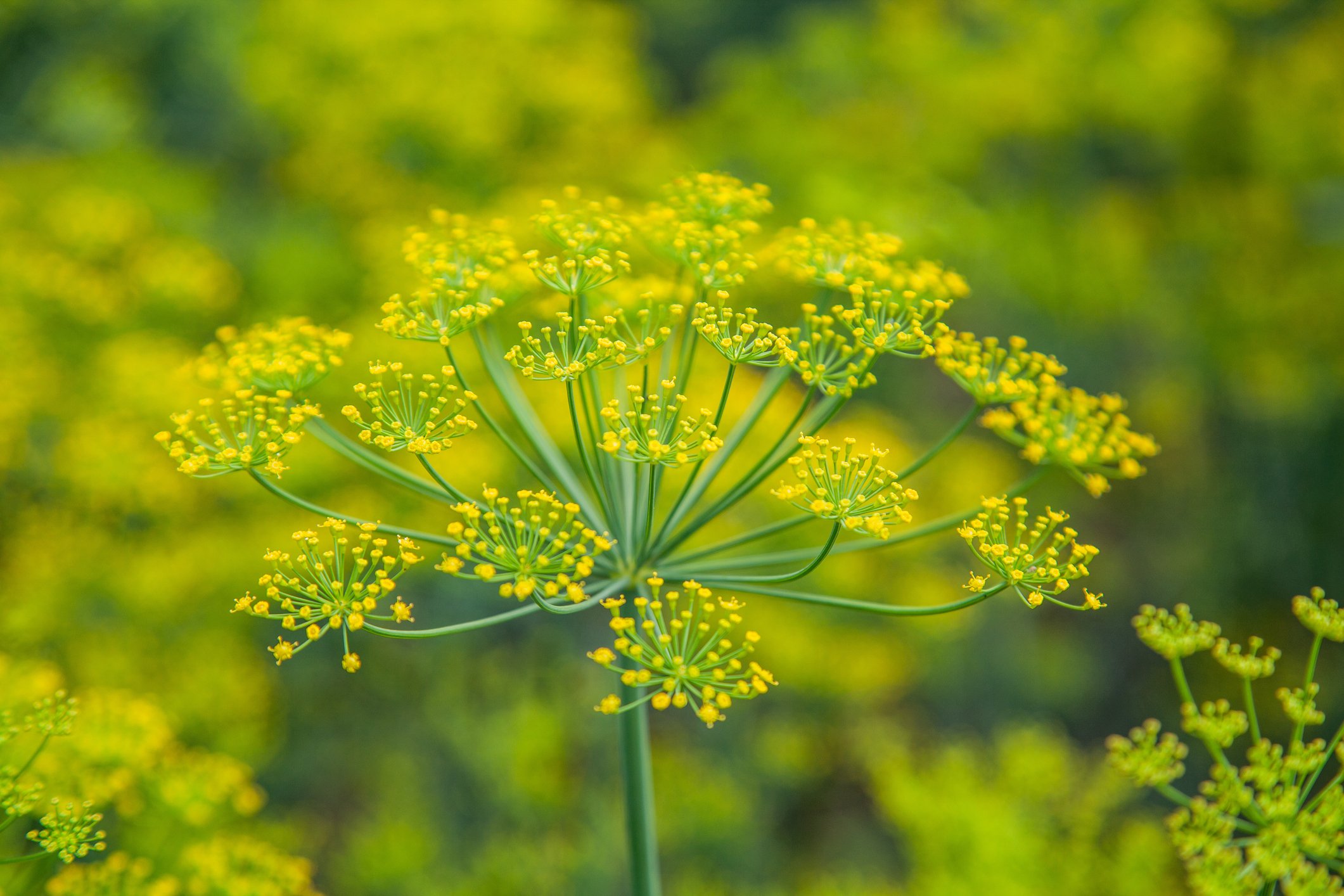
Fennel
Fennel (Foeniculum vulgare)
Plant family
Apiaceae
Parts used
Fructus, but often cited as seed (semen)
Typical forms of prescription
Infusion
Tinctures
Syrups
Fennel (Foeniculum vulgare) - Clinical Snapshot.
Actions
Carminative
Antispasmodic
Anti-inflammatory
Digestive
Galactagogue (promotes milk production)
Hepatic (supports liver function)
Anaesthetic (mild numbing effect)
Antimicrobial
Antitussive (cough suppressant)
Expectorant (helps expel mucus)
Mucolytic (breaks down mucus)
Aperient (mild laxative)
Diuretic
Oestrogenic (has oestrogen-like effects)
Indications
Digestive complaints:
Flatulence
Colic
Indigestion
Anorexia (poor appetite)
Intestinal cramps
Bloating
Hiccoughs
Nausea
Halitosis (bad breath)
Heartburn
Irritable Bowel Syndrome (IBS)
Respiratory conditions:
Coughs
Bronchitis
Asthma
Urinary conditions:
Cystitis
Fluid retention
Urinary tract infections
Other uses:
Conjunctivitis (external use)
Galactagogue (promotes milk production)
Primary dysmenorrhoea (painful menstruation)
Amenorrhoea (absent menstruation)
Endometriosis
Low libido
Premenstrual Syndrome (PMS)
⚠️Cautions / Safety ⚠️
Use with caution during pregnancy
Flavonoids
Includes: Rutin, quercetin, kaempferol derivatives
Action: Antioxidant, anti-inflammatory, spasmolytic
Use: Flavonoids in fennel support vascular integrity, reduce tissue inflammation, and may help modulate histamine responses. This reinforces fennel’s usefulness in irritable bowel conditions, seasonal allergies, and mild inflammatory complaints.
Foeniculum vulgare
Phytochemistry and Pharmacology
Coumarins
Includes: Bergapten, umbelliferone (in trace amounts)
Action: Mild anticoagulant, spasmolytic
Use: Coumarins contribute to fennel’s circulatory effects and may offer mild muscle-relaxing benefits, particularly when addressing tense digestion or uterine cramping.
Volatile Oils
Includes: Anethole, fenchone, estragole, limonene
Action: Carminative, antispasmodic, expectorant, galactagogue
Use: These essential oils are responsible for fennel’s sweet, aromatic smell and its classic use in digestive health. They help relax smooth muscle, ease intestinal cramping and bloating, and reduce gas formation. Anethole also has a mild expectorant effect and supports milk production in lactating mothers. Fenchone contributes a slightly bitter note and enhances digestive stimulation.
Phenolic Compounds
Includes: Rosmarinic acid, chlorogenic acid
Action: Antioxidant, hepatoprotective, anti-inflammatory
Use: These compounds provide liver-protective and free radical-scavenging actions, making fennel helpful in detoxification protocols and long-term inflammation management.
Fixed Oils (in seeds)
Includes: Oleic acid, linoleic acid
Action: Nutrient-rich, anti-inflammatory
Use: The seeds contain nutritive oils that support tissue repair and anti-inflammatory processes. While not a primary action, they contribute to fennel's gentle nourishing profile.
Traditional use
The Anglo-Saxons used Foeniculum vulgare (fennel) to aid digestion and as a remedy for eye problems, believing it could improve vision and ward off evil spirits. The Romans valued fennel for its ability to ease bloating and indigestion, often in tonics and infusions to promote overall health and strength. The Greeks, including Hippocrates, recommended fennel for weight loss and respiratory ailments, as they believed it helped clear phlegm and improve breathing.
Clinical Description
Fennel is primarily used for its digestive and respiratory properties. The essential oil-rich seeds are carminative, antispasmodic remedies for flatulence, bloating, heartburn and indigestion. It is ideally given as an after-dinner infusion or a few seeds chewed directly. Fennel seed tea is also provided to lactating mothers to improve colic symptoms in babies, as the oils pass through the milk. Because it is also oestrogenic, it also increases milk production. A teaspoon of weak infusion may be given to the baby in non-breastfeeding mothers. Fennel essential oils are also mucolytic, antitussive, and antispasmodic, often found in cough syrups.
A weak infusion is used as a wash for eye inflammations.
Cultivation/Harvesting
Gather ripe seeds on a hot, dry day.
Key Botanical Features of Fennel (Foeniculum vulgare)
Growth
Growth Habit: Perennial or biennial herb, growing up to 2 meters (6.5 feet) tall.
Stem: Erect, smooth, and hollow, often with a bluish-green tinge.
Leaves
Type: Finely divided, feathery, and alternate.
Shape: Pinnate with thread-like (filiform) segments.
Colour: Bright green, resembling dill but with a more pungent aniseed scent.
Flowers
Type: Small, yellow, and grouped in umbrella-shaped umbels (compound inflorescences).
Blooming Period: Summer to early autumn.
Pollination: Primarily by insects (entomophilous).
Fruits & Seeds
Fruit Type: Dry schizocarp, splitting into two ribbed, oval-shaped mericarps (seeds).
Size: About 4–10 mm long.
Colour: Greenish-brown, turning grey-brown when mature.
Aroma: Strong anise or liquorice-like fragrance due to anethole content.
Roots
Type: Taproot system.
Function: Stores nutrients and supports regrowth in perennial varieties.
Habitat & Growth Conditions
Climate: Thrives in warm, temperate, and Mediterranean climates.
Soil: Prefers well-drained, loamy, or sandy soil.
Sunlight: Requires full sun for optimal growth.
Sustainability/Conservation
Widely cultivated, Least concern.
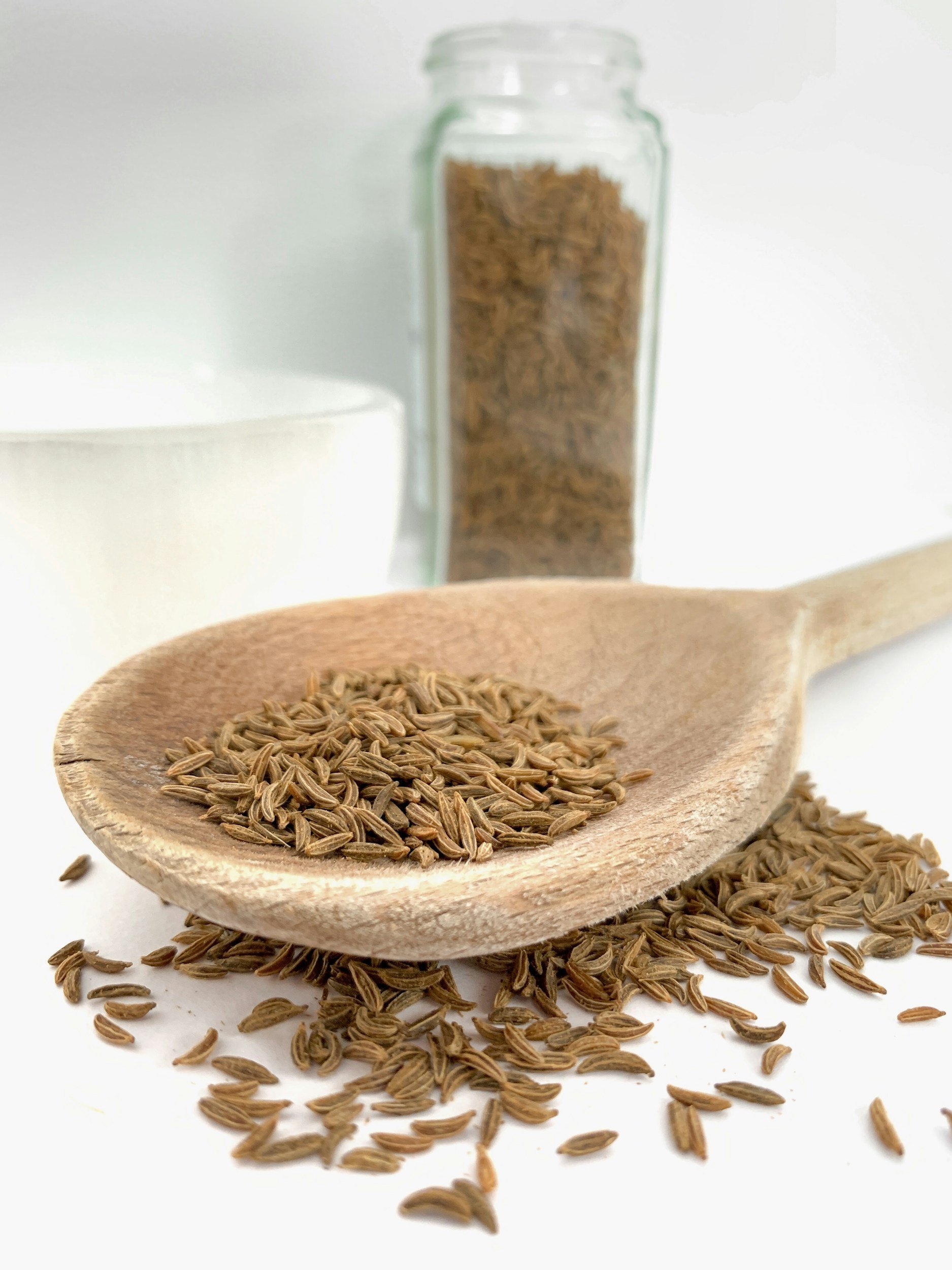
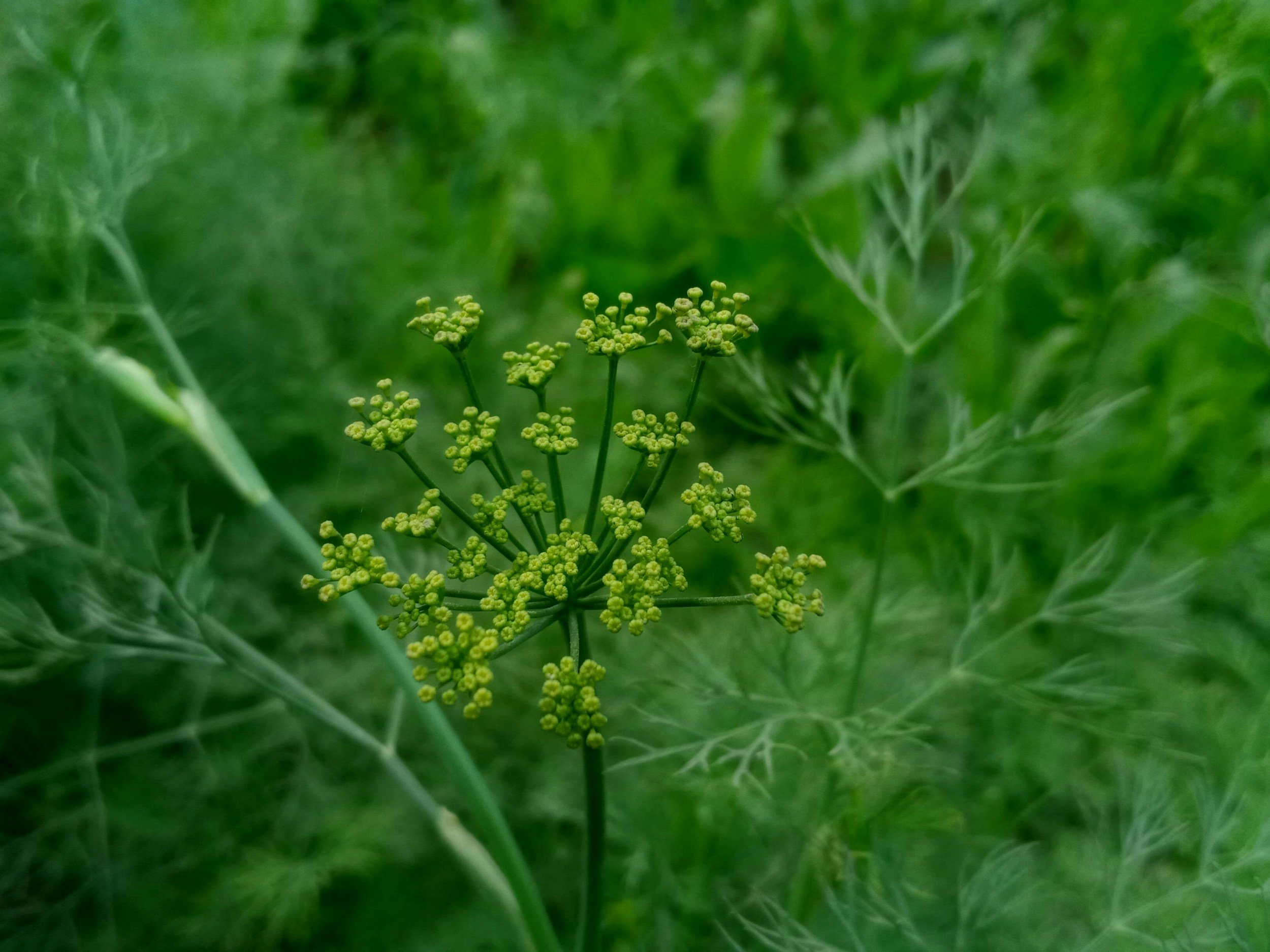
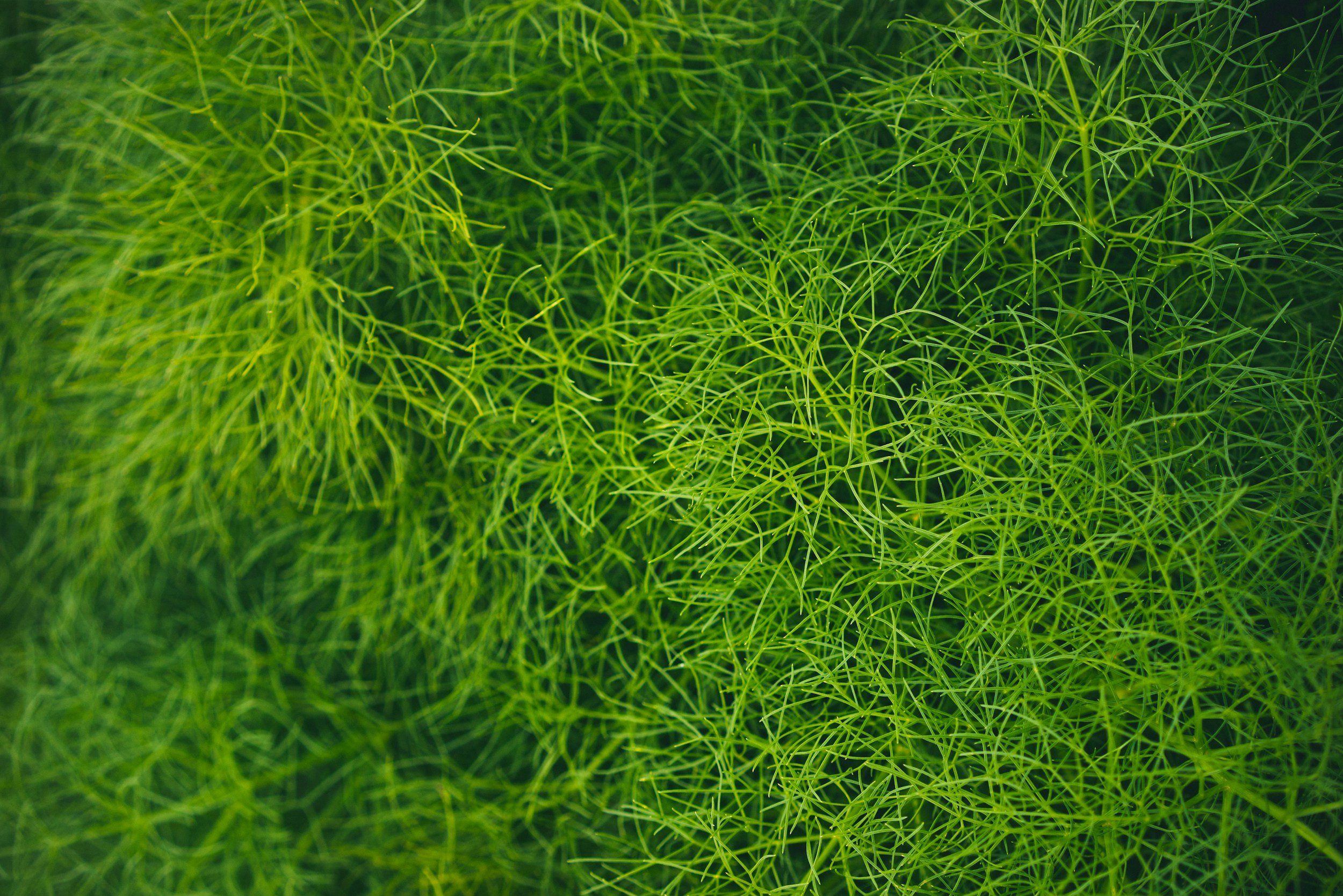
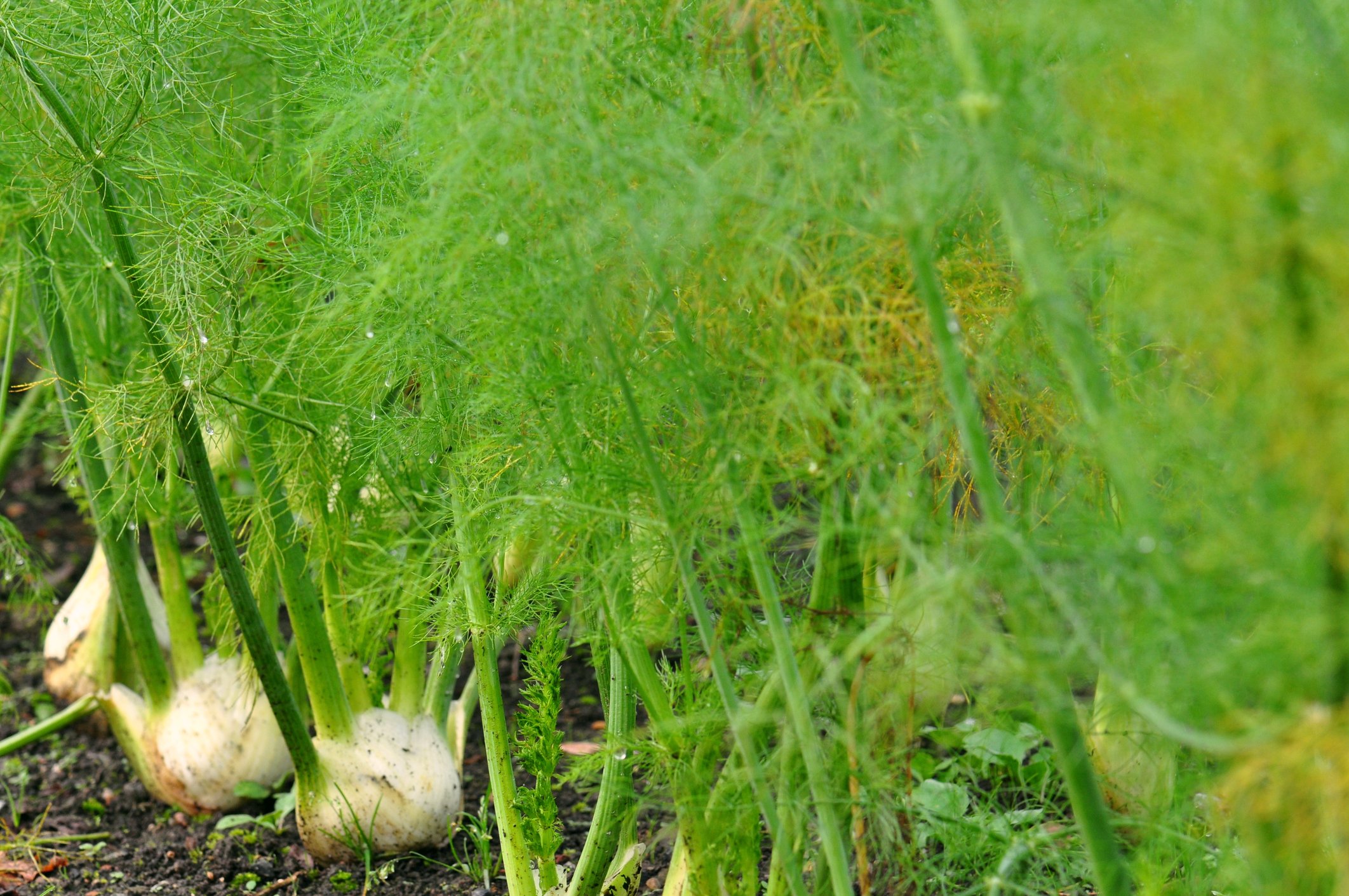
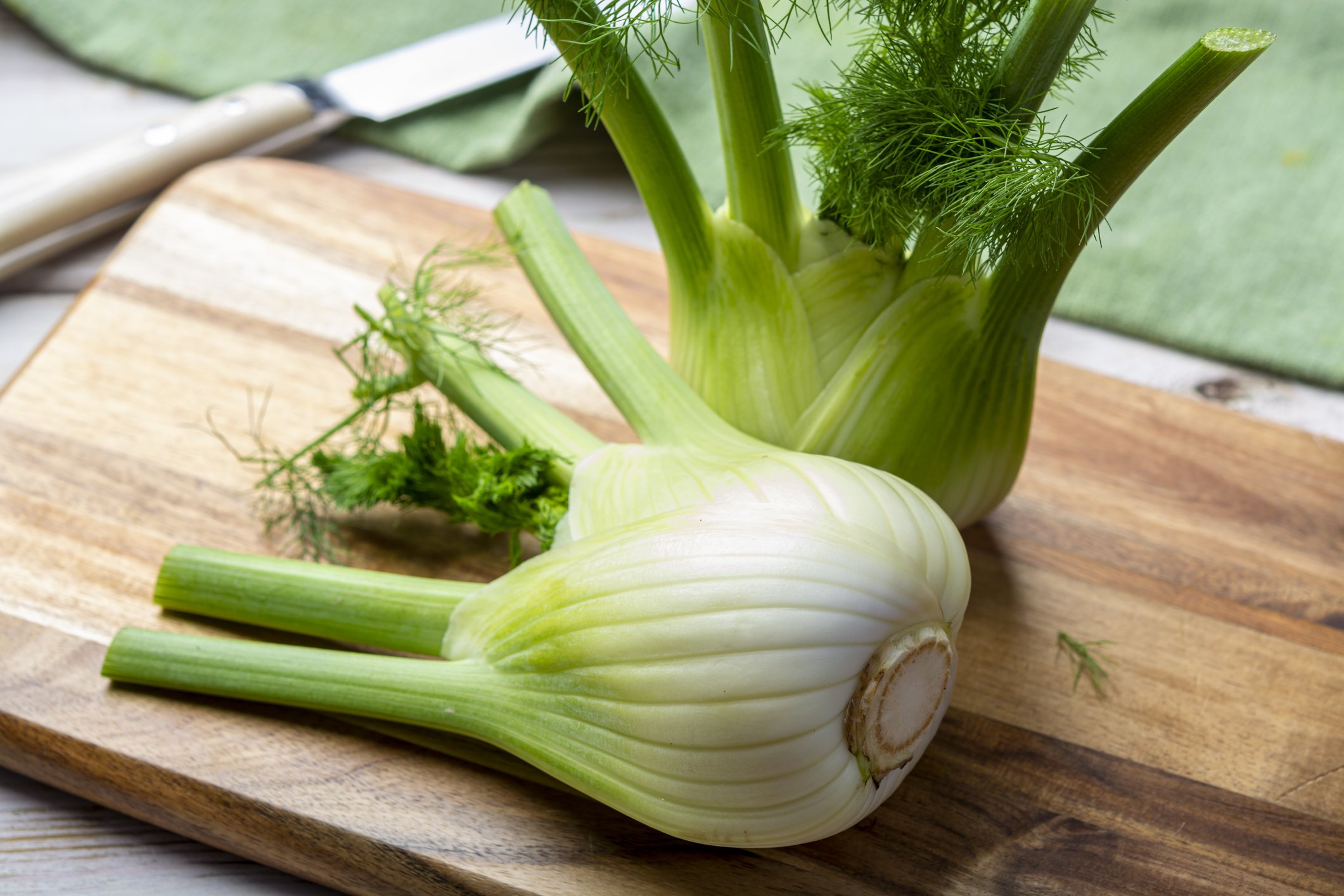
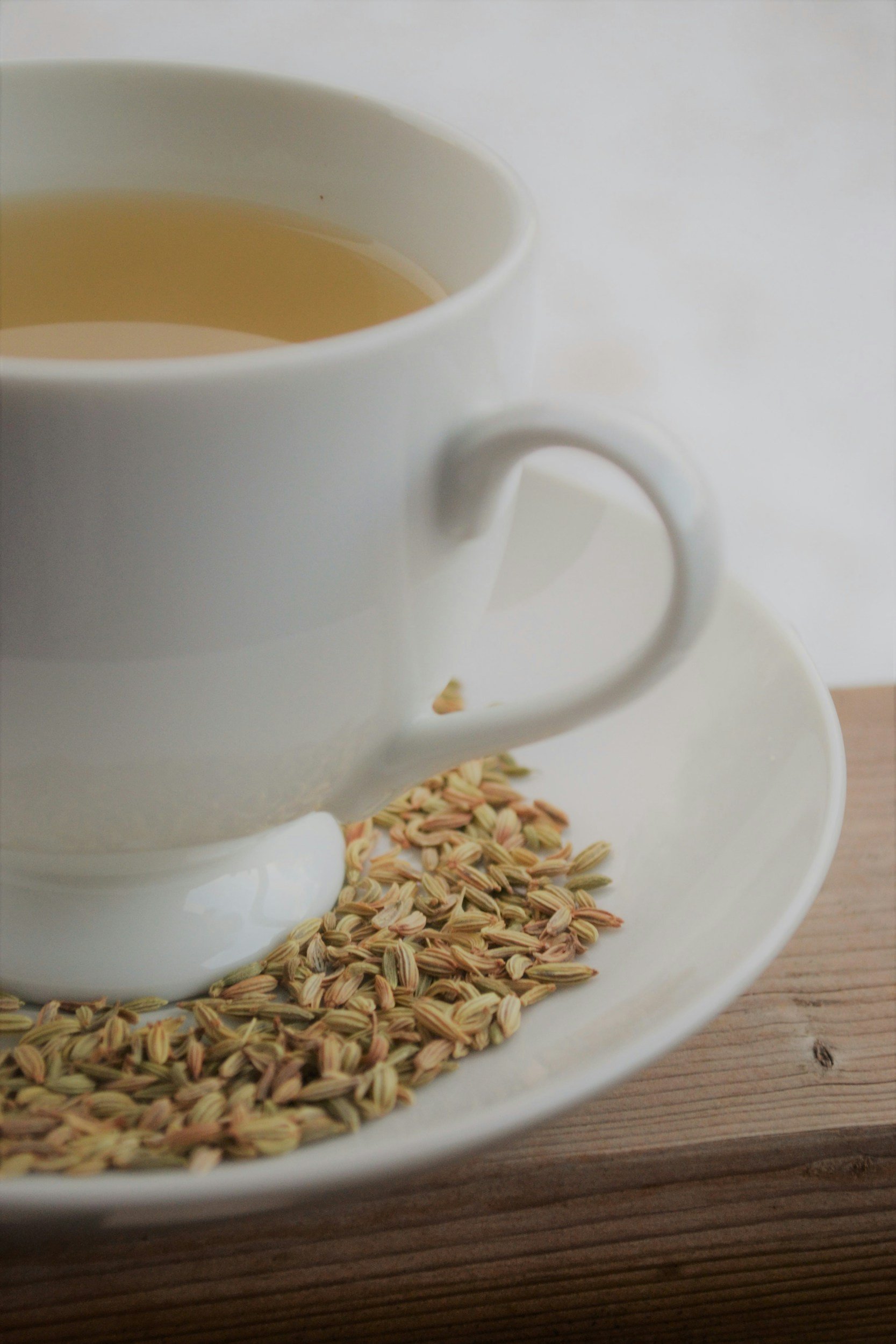
Sources
Bartram, T. (1998). Bartram’s Encyclopedia of Herbal Medicine. Constable.
Fisher, C. (2009). Materia Medica of Western Herbs, (2018 edition). Finchley Road, London. Aeon Books.
Hedley, C & Shaw, N. (2020). A herbal book of making and taking. Finchley Road, London. Aeon Books.
Hoffmann, D. (2003). Medical Herbalism: The Science and Practice of Herbal Medicine. Healing Arts Press.
McIntyre, A. (2019). The complete herbal tutor, revised and expanded edition. Finchley Road, London. Aeon Books.
Plants of the World Online | Kew Science. (n.d.). Plants of the World Online. https://powo.science.kew.org/
Disclaimer: This page is for educational purposes only. Consult a qualified medical herbalist before using herbs, especially during pregnancy, when trying to conceive, while breastfeeding, for medical conditions, or with children.
Read the full disclaimer → Medical Disclaimer.






